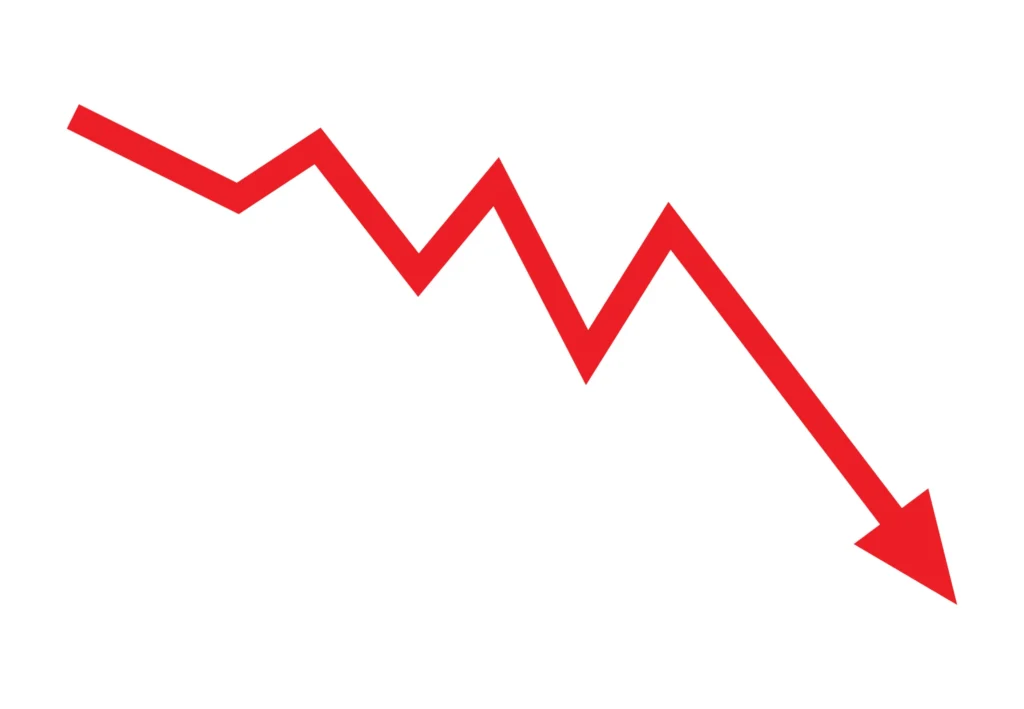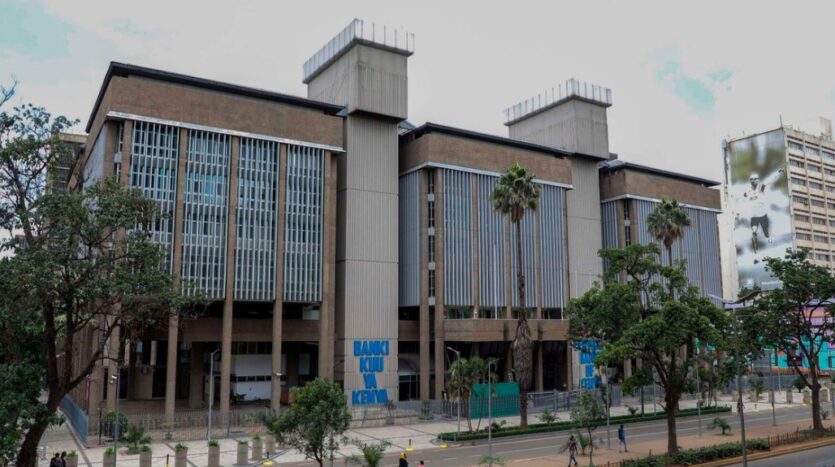What CBK’s Latest Lending Rate Cut Means for Homebuyers & Developers in 2025 & 2026
In October 2025, the Central Bank of Kenya (CBK) reduced its benchmark lending rate by 0.25%, marking its first rate cut of the year.
This move signals optimism for Kenya’s economic outlook—but what does it mean for homebuyers, developers, and the broader real estate market?
Let’s break down how this seemingly small policy shift could reshape mortgages, development financing, and property prices in 2025.
1. Lower Borrowing Costs for Homebuyers
The immediate effect of a CBK rate cut is a potential decrease in mortgage interest rates.
Commercial banks often adjust their lending rates in line with CBK’s monetary policy, making home loans slightly more affordable.
- Before the cut: Mortgage rates averaged 14–15% p.a.
- Post-cut projection: Could drop by 0.25–0.5%, depending on banks’ risk assessments.
✅ What this means:
Buyers may qualify for slightly higher loan amounts, and monthly repayments could fall marginally—encouraging new entrants into the housing market.

2. Developers Gain Breathing Space
For developers, especially those financing large-scale apartment or mixed-use projects, borrowing costs are among the biggest challenges.
A rate cut can ease financing pressure, allowing for:
- Faster project completion timelines
- Increased appetite for new developments
- Lower end-buyer prices if savings are passed on
However, most developers caution that one small rate cut won’t offset construction cost increases driven by imported material prices and exchange rate fluctuations.
3. Possible Boost in Housing Demand
Lower rates improve affordability. Coupled with Kenya’s expanding urban middle class, this may result in higher demand for apartments and townhouses, particularly in Nairobi’s satellite suburbs—like Ruaka, Syokimau, and Athi River.
For developers, this could mean:
- Reduced inventory backlogs
- Shorter sales cycles
- Renewed investor confidence

4. The Ripple Effect: Real Estate Investment Confidence
Foreign and local investors often interpret rate cuts as a signal of economic stability.
This perception could attract renewed interest in REITs (Real Estate Investment Trusts), commercial property funds, and joint venture developments.
In short, lower interest rates = improved investor sentiment = a healthier property market cycle.
5. What to Watch Next
- Inflation levels: CBK will only maintain cuts if inflation stays within target.
- Bank response: Not all banks automatically lower rates—monitor mortgage offers.
- Developer behavior: Developers might use savings to improve amenities or pass partial savings to buyers.
Conclusion
While this rate cut alone won’t revolutionize Kenya’s housing market, it’s a positive signal that could make financing more accessible and development more viable.
For homebuyers and developers alike, the message is clear: conditions are improving—slowly but surely.


